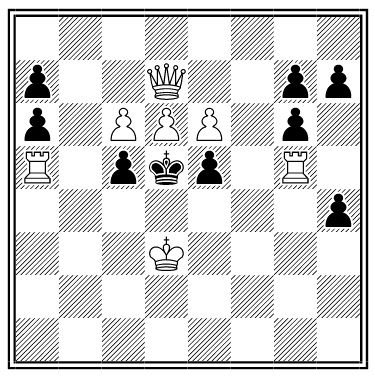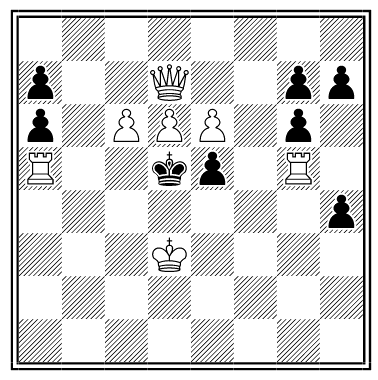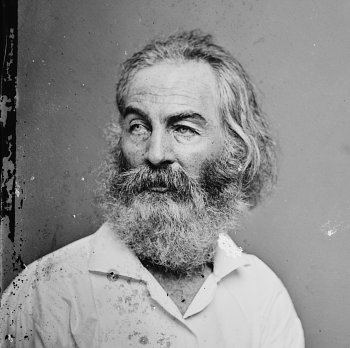A sentence composed entirely of contractions taken from Robert Burns poems:
E’en th’ flow’rs afiel’ ha’e fac’t heav’n wi’ th’ rightfu’, shinin’ blessin’ that’s prevail’d i’ th’ min’ o’ th’ faithfu’ servan’ an’ th’ mournfu’, wand’ring craz’d o’ th’ worl’: heav’n’s pray’rs ha’e honour’d th’ cheerfu’ an’ th’ gen’rous ‘gainst t’other worl’s glib-tongu’d, wither’d pow’r.
When the English poet laureate Alfred Austin unveiled a statue of Burns in 1896, Punch proposed some remarks for him.
“Ye ken I canna mak’ ye a lang speech, bein’ mair a wanchansie mon, ram-feezled wi’ writin’, than a skirlin’, tapetless glib-gabbet,” he was to say. “Burns was nae feckless gowk, sae it’s a pleasure tae me tae unveil this sonsie statue.”




